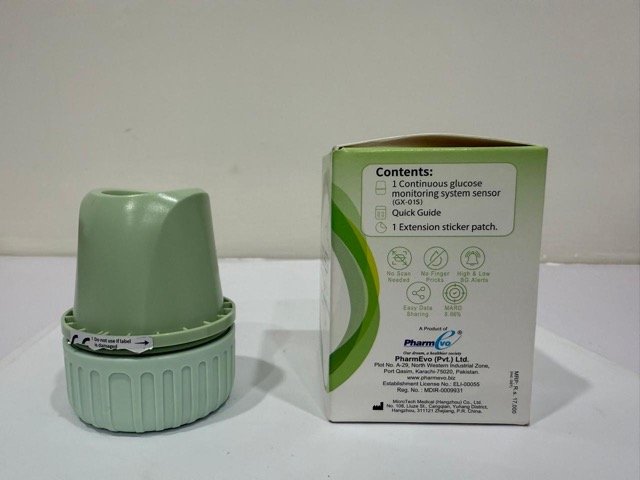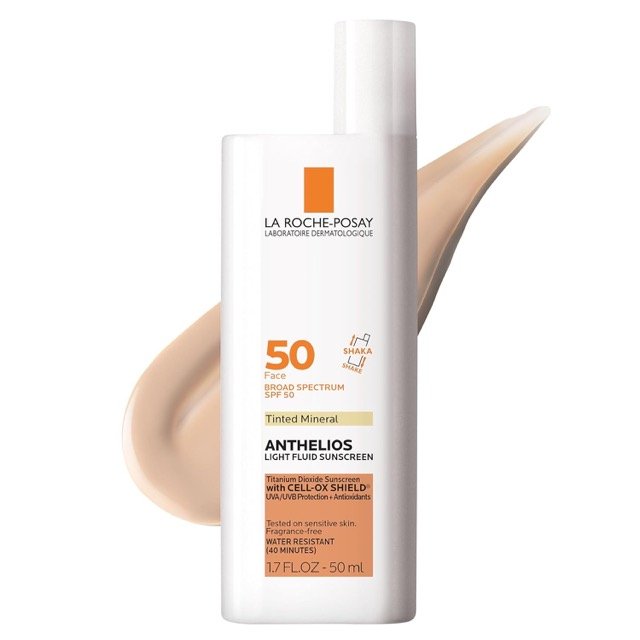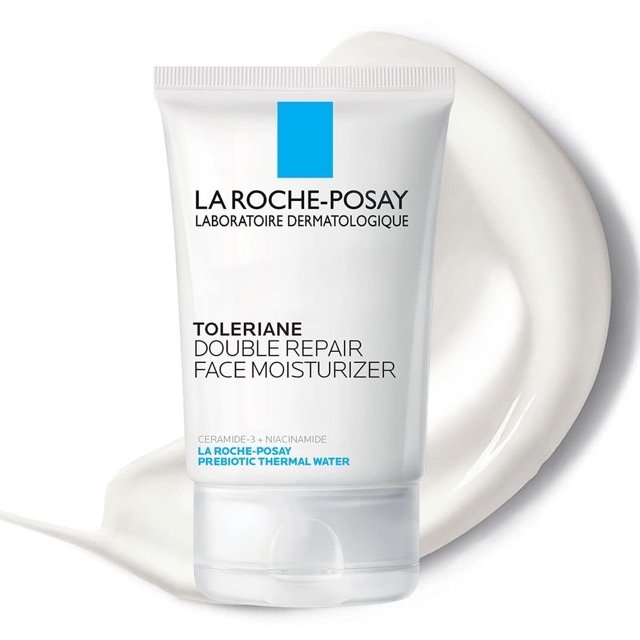Follitropin Beta (Follistim, Puregon) is a recombinant FSH (follicle-stimulating hormone) that is used to treat females and male patients with infertility secondary to a pituitary problem (hypogonadotropic hypogonadism).
Follitropin beta Uses:
- Females:
- Inducement of pregnancy in normally ovulating women undergoing Assisted Reproductive Technology (ART); induction of ovulation and pregnancy in anovulatory infertile patients whose infertility is functional and not brought on by primary ovarian failure (eg, in vitro fertilisation [IVF], intracytoplasmic sperm injection [ICSI])
- Males:
- Men with primary and secondary hypogonadotropic hypogonadism whose infertility isn't brought on by primary testicular failure should have their spermatogenesis induced.
Follitropin Beta Dose in Adults
Note: Individual dosage should be used. Use the lowest dose necessary to achieve the desired effects. Depending on how each patient responds, doses may change throughout the course of treatment.
Follitropin Beta Dose in the induction of Ovulation:
-
Females:
- Follistim AQ (vials): IM, SubQ:
- Stepwise approach:
- 75 units should be administered daily for the initial minimum of seven days of therapy.
- Weekly dose increases of 25 or 50 units should be applied until follicular development or acceptable levels of serum estradiol are seen.
- In clinical trials, a maximum (individualised) daily dose of 300 units has been used safely to induce ovulation in patients.
- If the follitropin response is appropriate, hCG is administered one day after the final dose to trigger the final egg maturation and ovulation.
- Withhold hCG if there is abdominal pain or if the ovaries are unusually swollen.
- Stepwise approach:
- Follistim AQ Cartridge: SubQ:
- Stepwise approach:
- For at least the first seven days of therapy, start with 50 units per day.
- Until follicular development and/or serum estradiol levels show a satisfactory response, gradually up the dose by 25 or 50 units every week.
- In clinical trials, a maximum (individualised) daily dose of 250 units has been used safely to induce ovulation in patients.
- If the follitropin response is appropriate, hCG is administered one day after the final dose to trigger the final egg maturation and ovulation.
- Withhold hCG if there is abdominal pain or if the ovaries are unusually swollen.
- Stepwise approach:
- Puregon (vials) [Canadian product] (IM, SubQ), Puregon Cartridge [Canadian product] (SubQ):
- Stepwise approach:
- Initiate therapy with 50 units per day for at least the first 7 days.
- Increase the dose gradually until follicular growth and/or plasma estradiol levels indicate an adequate response (a daily increase of estradiol levels of 40 percent to 100 percent is considered optimal).
- If the response to follitropin is appropriate, hCG is given 1 day following the last dose to induce final oocyte maturation and ovulation.
- Decrease hCG dose if the number of responding follicles is too high or estradiol levels increase too rapidly (eg, greater than daily doubling for estradiol for 2 or 3 consecutive days);
- Withhold hCG if the ovaries are abnormally enlarged or if abdominal pain occurs.
- Stepwise approach:
- Follistim AQ (vials): IM, SubQ:
Follitropin Beta Dose in the ART:
-
Females:
- Follistim AQ (vials): IM, SubQ:
- Stepwise approach:
- It is advised to start treatment with a dose of 150 to 225 units for at least the first 4 days.
- Depending on the patient's ovarian response, the dose may be changed.
- In clinical investigations, a daily dose of 600 units is the maximum allowed. The final maturation of the follicles is induced by giving hCG when there are enough follicles of an appropriate size present.
- The retrieval of the oocytes takes place 34 to 36 hours later.
- Withhold hCG if, on the final day of follitropin beta therapy, the ovaries are unusually swollen.
- Stepwise approach:
- Puregon vials [Canadian product] (IM, SubQ), Puregon Cartridge [Canadian product] (SubQ):
- It is advised to begin treatment with a starting dose of 150 to 225 units for at least the first 4 days.
- Depending on the patient's ovarian response, the dose may be changed. Clinical investigations can safely employ 450 units of the daily maximum dose (limited experience with higher doses).
- When there are enough healthy-sized follicles, the final maturation of the follicles is triggered by giving an injection of hCG 30 to 40 hours after the last dosage of follitropin beta.
- Withhold hCG if, on the final day of follitropin beta therapy, the ovaries are unusually swollen.
- Follistim AQ Cartridge: SubQ:
- Stepwise approach:
- For at least the first week of treatment, the original 200 unit dose is advised.
- Depending on the patient's ovarian response, the dose may be changed.
- Clinical investigations have a daily dosage cap of 500 units.
- The final maturation of the follicles is induced by giving hCG when there are enough follicles of an appropriate size present.
- The retrieval of the oocytes takes place 34 to 36 hours later.
- Withhold hCG if, on the final day of follitropin beta therapy, the ovaries are unusually swollen.
- Stepwise approach:
- Follistim AQ (vials): IM, SubQ:
Follitropin Beta Dose in the induction of spermatogenesis:
-
Males:
- Puregon (vials) [Canadian product], Follistim AQ (vials), Follistim AQ Cartridge, Puregon Cartridge [Canadian product]:
- Note:
- Prior to follitropin beta and hCG concurrent therapy, hCG monotherapy must be used as a pretreatment. After reaching normal serum testosterone levels, follitropin beta therapy may be started.
- SubQ: 450 units every week (administered as 225 units two times in a weak or 150 units thrice time in a weak).
- A lower dose of Follistim AQ Cartridge is advised..
Note:
- Dose adjustment for follitropin beta pen with cartridge:
- In comparison to dissolved, lyophilized follitropin beta given by a standard syringe, the follitropin cartridge delivers an average of 18% more follitropin beta when delivered with the pen.
- If the above starting doses were previously used when administering a recombinant lyophilized gonadotropin product via a conventional syringe, lower initiating and maintenance doses should be considered when switching to follitropin pen with the cartridge.
- The following dose conversion may be used:
Follitropin Beta Dosing Conversion1
| Dose Administered Using Powder for Solution/Conventional Syringe | Dose Administered Using Pen |
| 75 units | 50 units |
| 150 units | 125 units |
| 225 units | 175 units |
| 300 units | 250 units |
| 375 units | 300 units |
| 450 units | 375 units |
| 1Values listed are rounded to the nearest 25 unit increment. | |
Use in Children:
Not indicated.
Pregnancy Risk Factor X
- Multiple births, congenital abnormalities and ectopic pregnancies have all been reported.
- Ovulation is induced using follitropin beta. It should not be used by women who are pregnant or trying to get pregnant.
- After ART, congenital defects can be more frequent than naturally occurring pregnancy.
- This might be brought on by parental traits (maternal and sperm characteristics).
Use of Follitropin beta during breastfeeding
- It is unknown if breast milk contains follitropin beta.
- There is a risk of serious adverse reactions in breastfeeding infants. It is important to decide whether to stop breastfeeding or to take the drug.
Dose in Kidney Disease:
The manufacturer's labeling doesn't provide any dosage adjustments (has not been studied).
Dose in Liver disease:
The manufacturer's labeling doesn't provide any dosage adjustments (has not been studied).
Side Effects of Follitropin beta:
-
Central Nervous System:
- Headache
- Fatigue
-
Dermatologic:
- Acne Vulgaris
- Skin Rash
-
Endocrine & Metabolic:
- Ovarian Hyperstimulation
- Ovarian Cyst
- Gynecomastia
-
Gastrointestinal:
- Nausea
- Abdominal Pain
- Abdominal Distress
-
Genitourinary:
- Pelvic Symptoms
- Pelvic Pain
-
Local:
- Injection Site Reaction
- Pain At Injection Site
Contraindications to Follitropin beta:
- Hypersensitivity to streptomycin,follitropins, neomycin, or any component of the formulation;
- High levels of FSH indicate primary gonadal dysfunction;
- Uncontrolled nongonadal hormone disorders (eg pituitary or thyroid disorders, adrenal)
- Tumor of the breast, ovary, uterus or pituitary gland
Additional contraindications for females
- Undetermined cause of abnormal vaginal bleeding
- ovarian cysts and enlargements not caused by polycystic-ovary syndrome
- pregnancy
Canadian labeling: Additional contraindications not in the US labeling
- Lactation;
- Conditions that are incompatible with pregnancy (e.g., uterine fibrid tumors, malformations of reproductive organs).
- use in children.
Warnings and precautions
-
Ovarian enlargement:
- To reduce the risk of ovarian hyperstimulation syndrome, (OHSS), withhold hCG if the ovaries become abnormally large on the last day.
-
Ovarian hyperstimulation syndrome:
- A uncommon, excessive reaction to ovulation-induction therapy is called ovarian hyperstimulation Syndrome (OHSS).
- Severe OHSS symptoms can include ascites, severe dyspnea, severe hypotension, and severe abdominal discomfort.
- You may also experience decreased creatinine clearance, increased liver enzymes, hemoconcentration and hypoproteinemia.
- The onset of this illness can happen within 24 hours of treatment, however it may worsen 7–10 days later.
- Diarrhea, nausea, stomach distention or discomfort, and/or vomiting are all potential signs of mild or moderate OHSS.
- The main focus of treatment is on symptoms. The management of electrolytes, fluids, analgesics, and thromboembolic consequences are all included. Don't take gonadotropins anymore.
-
Ovarian torsion
- This may occur in connection to OHSS or pregnancy, previous or current ovarian surgery, polycystic ovaries and history of ovarian damage.
-
Effects on the pulmonary system:
- Serious pulmonary problems, such as acute respiratory distress syndrome and asthma flare-ups, have been reported.
-
Events that are thromboembolic:
- Reports of thromboembolic incidents both related to and unrelated to ovarian hyperstimulation syndrome have been made.
Monitoring parameters:
Females:
- Monitor sufficient follicular maturation.
- The endometrial lining and ovaries can be seen sonographically to directly assess this, or blood estradiol levels can be checked.
- For timing hCG administration and tracking follicle growth and development, ultrasonography and estradiol level measurements can be combined.
- The clinical assessment of estrogenic activity (changes in vaginal cytology and changes in the appearance and volume of cervical mucus) provides an indirect estimate of the estrogenic effect upon the target organs and should only be used in conjunction with more direct assessments of follicular development (ultrasonography and serum levels).
The indices of progesterone production most generally used are:
- urinary or serum luteinizing hormone (LH) rise
- rise in basal body temperature
- increase in serum progesterone
- menstruation following the shift in basal body temperature.
The indices of sonographic evidence of ovulation include:
- Collapsed follicle
- fluid in the cul-de-sac
- features consistent with corpus luteum formation
- secretory endometrium.
- ovarian hyperstimulation syndrome (OHSS)
OHSS:
- Hospitalized patients should have their vital signs, weight (daily or as needed), abdominal circumference, albumin, hematocrit, haemoglobin, serum creatinine, cardiorespiratory status, electrolytes, fluid balance, urine output, urine specific gravity, and liver enzymes monitored (weekly).
Males:
- Monitor for sufficient spermatogenesis.
- This can be directly estimated by semen analysis, or indirectly estimated by serum testosterone level.
- It is advised to get a semen analysis 4 to 6 months after beginning medication.
Before spermatogenesis may be predicted to improve, treatment should be continued for 3 to 4 months.
How to administer Follitropin beta?
The upper thigh or the area of the abdomen right below the navel may get a subQ injection. An IM injection may be administered in the buttock's upper outer quadrant. Avoid touching red, bruised, painful, or hard parts.
- Follistim AQ, Puregon [Canadian product]: Vials:
- Administer by IM or SubQ injection.
- Follistim AQ Cartridge, Puregon Cartridge [Canadian product]:
- Cartridge: Administer by SubQ injection only, using the Follistim Pen or the Puregon Pen, which can be set to deliver the appropriate dose.
Mechanism of action of Follitropin beta:
- Follitropin beta, a human FSH preparation with recombinant DNA origin, is known as Follitropin beta.
- Follitropins stimulate ovarian growth in women without primary ovarian failure, and stimulate spermatogenesis for hypogonadotropic hypogonadism.FSH is necessary for normal follicular development, spermatogenesis and maturation, as well as gonadal steroids production.
Onset of action:
- Peak effect:
- Females: Follicle development: Within cycle
Absorption:
- Females:
- IM: 76 percent ;
- SubQ: 78 percent .
Half-life elimination:
- Females:
- IM: 44 hours (single dose), 27-30 hours (multiple doses);
- SubQ: 33 hours (single dose)
Time to peak:
- Females: SubQ: 13 hours
International Brands of Follitropin beta:
- Follistim AQ
- Puregon
- Follistim
- Recagon
Follitropin beta Brand Names in Pakistan:
There is no brand available in Pakistan.







